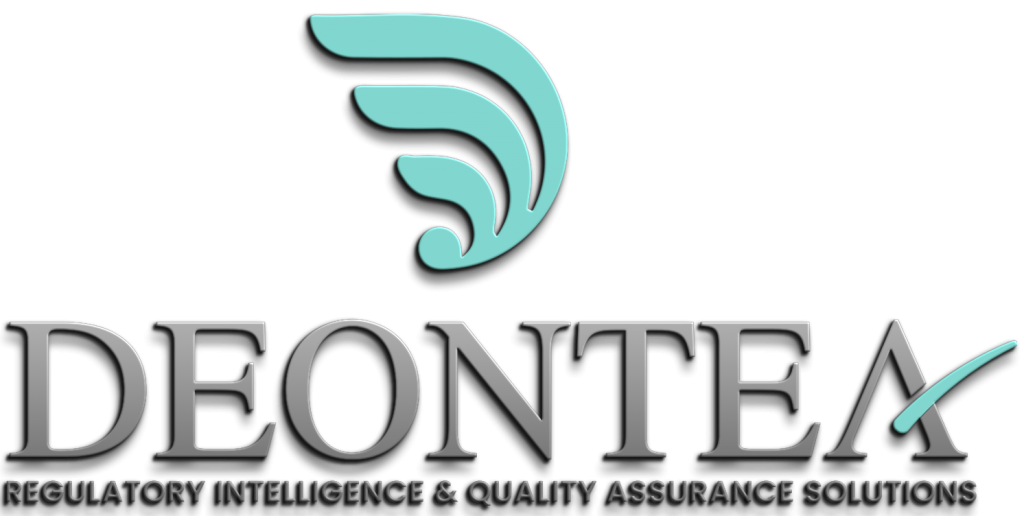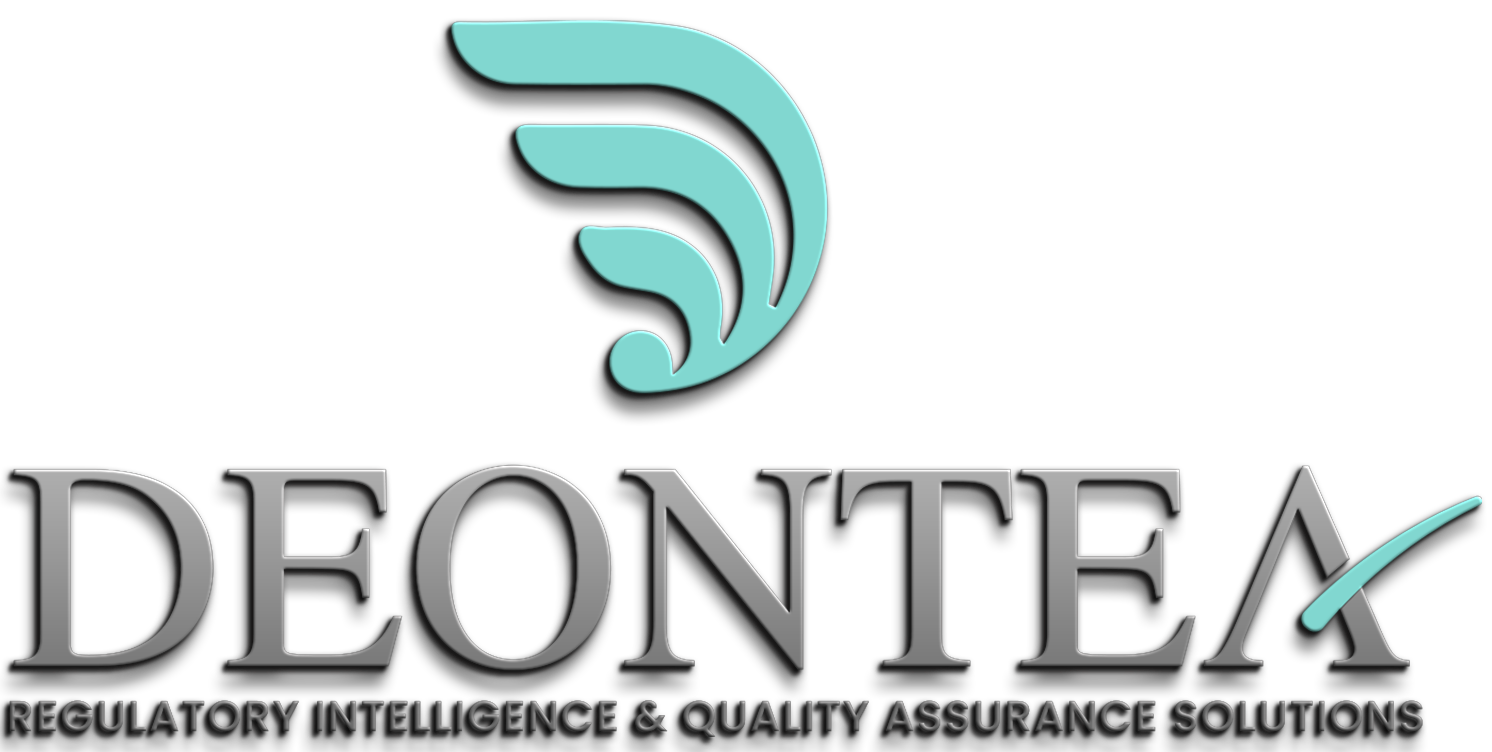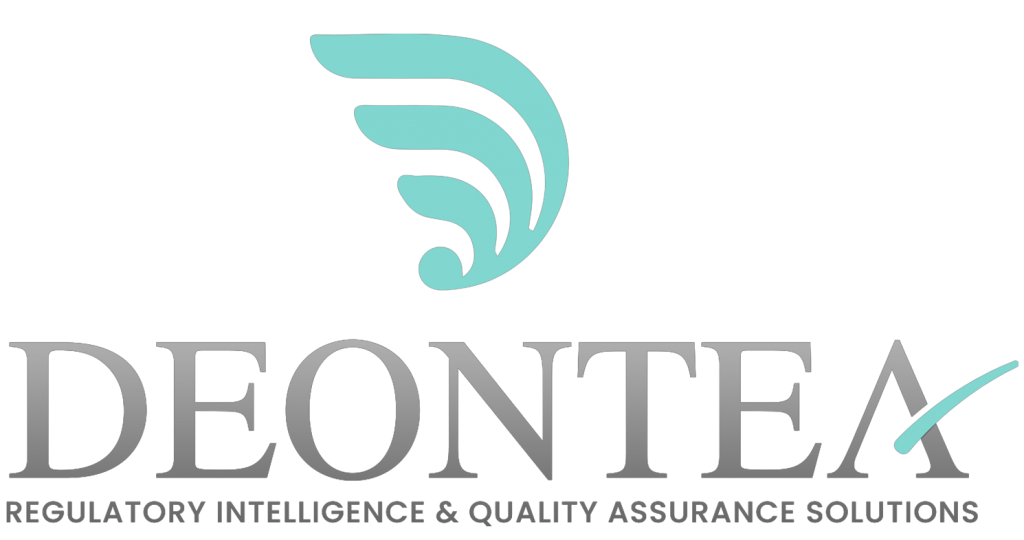Regulatory Footprint
Whether in the UK, EU, Switzerland or numerous other countries, financial activities are highly regulated and are subject to a significant number of laws and regulations. Not complying or partially complying may results in heavy financial and/or reputational losses while weakening the confidence and trust of the clients. It may also subject the Firm to enhanced regulators scrutiny that may lead to fines, business disruptions and ultimately the removal of its permissions.
It is therefore essential that any firm that provides investment services and/or carries out investment activities as a regular occupation or business complies with the entire set of provisions that are relevant to the services provided and/or activities carried out: Senior Management and Control functions have to be confident that they have properly discharged their regulatory obligations.
Whereas until very recently the regulatory framework was quite straightforward, the implementation of EMIR (August 2012), AIFMD (August 2013, all exemptions expired in 2018), MAR (July 2016), MiFIDII/MiFIR (January 2018) and all other regulatory initiatives have considerably complicated the landscape. Many Firms are nowadays struggling to ensure that they are fully compliant with all their regulatory obligations and to keep up-to-date with the ever changing regulatory regimes. Additionally the lack of a thorough mapping may lead not only to costs inefficiencies, but also to inadequate frameworks resulting in badly managed regulatory risk.
Whilst generally, Firms are quite confident that the essential high level requirements have been addressed, they lack the necessary evidence when it comes to demonstrate to the regulators or law enforcement agencies that they are fully aware of all the requirements they are subject to and that they have consequently adopted suitable and proportionate arrangements, systems and controls as required by the regulatory regime.
This short-fall may also have significant internal consequences including governance failures, inappropriate and/or insufficient systems and controls or erroneous policies/procedures.
Firms should consider developing a comprehensive Regulatory Footprint to record all the applicable provisions they are subject to. This document should include at minima a comprehensive list of all potentially applicable rules and guidance together with a clear rationale on why they do or don’t apply.
It may be supplemented with various functionalities, among others: list of department/divisions impacted, list of policies/procedures impacted, ownership and oversight responsibility, review calendar, risk assessment …etc.
Benefits of a Regulatory Footprint:
-
- It provides Senior Management with a practical tool to ensure and be able to demonstrate the Firm compliance and discharge their regulatory obligations of oversight and adequate governance
-
- It provides firms with a comprehensive view of the real regulatory risks the firm may be exposed to due to its business model, its client base, the geographical spread of its activities and/or the type of products/services they are providing to direct the resources where they are needed the most
-
- It provides Compliance and other control functions with a comprehensive tool to map all the Firm regulatory obligations and monitor whether the different departments or divisions have adopted sufficient and appropriate policies and procedures
-
- It provides Compliance with a unique instrument to track all the regulatory changes to ensure that they are fully aware of what their firms must do to maintain compliance.
-
- It provides Compliance and other control functions with a holistic view of the obligations the Firm is subject to. It will allow to streamline controls, leverage on existing arrangements, minimize duplication, eliminate unnecessary processes and ensure that any changes or additions are comprehensively implemented
Please contact us for more information on how we can help you in designing a tailored Regulatory Footprint. You can also visit Our impact page to learn how we have helped our clients to achieve their objectives.


